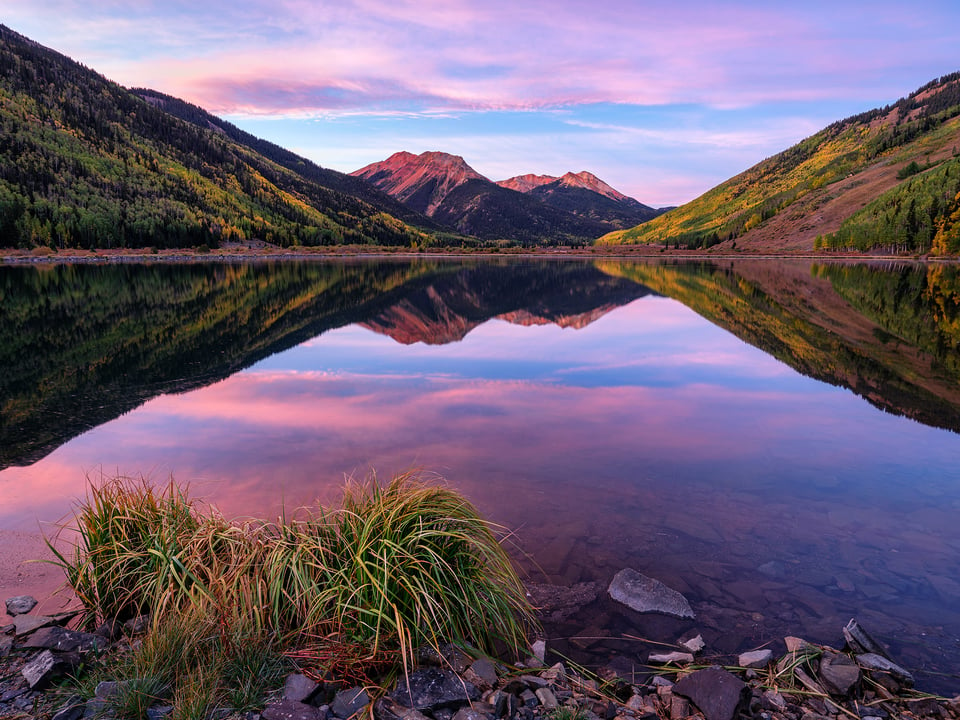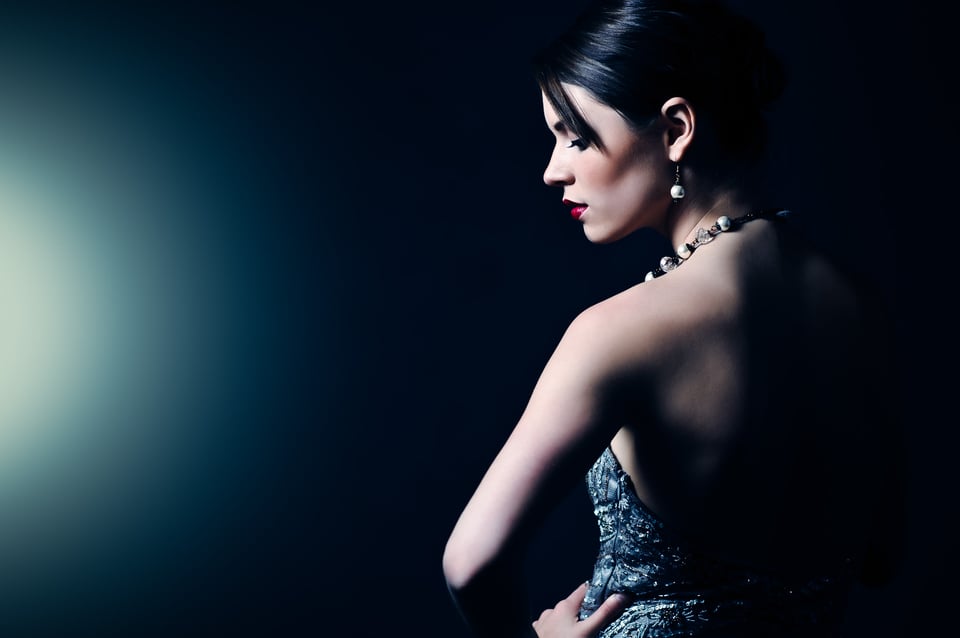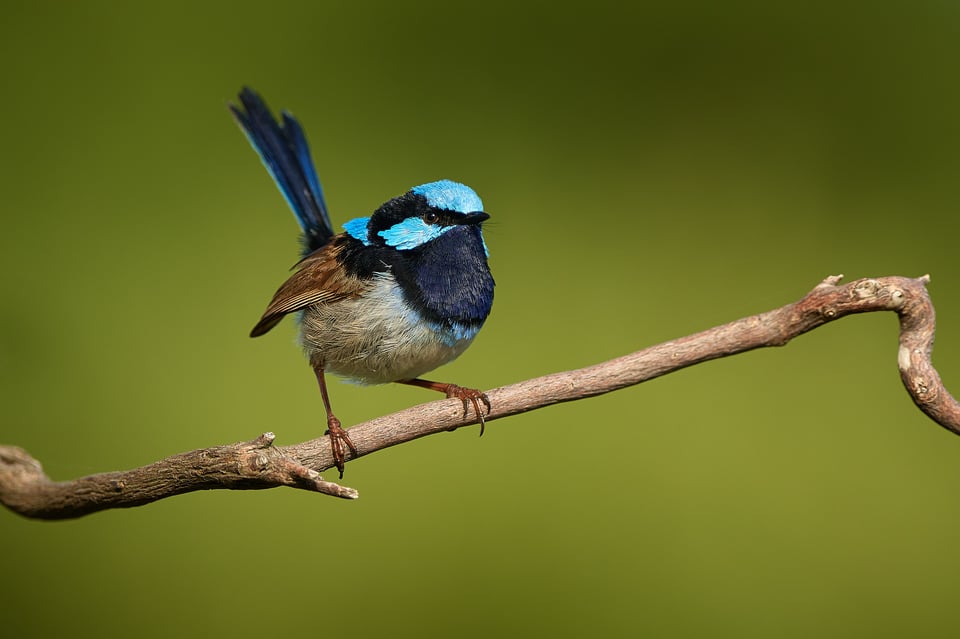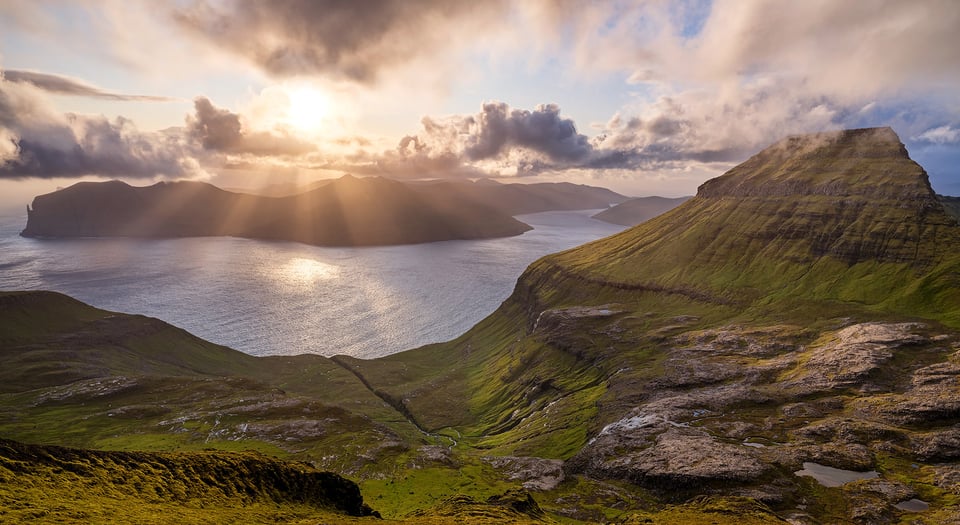الكاميرات ذات الإطار الكامل: هل نحتاجها حقًا؟
Full Frame Cameras: Do We Really Need Them?
اطار كامل. هناك سحر غريب في تلك الكلمة يجعلنا نشعر بأن أي شيء مشتق من التنسيق المقدس 36 مم × 24 مم هو مجرد بديل ... وليس كاملاً. ولكن هل هذا هو الحال فعلا؟ اسمحوا لي أن أحاول التخلص من هذا الهواء الغامض والنظر إلى الإطار الكامل بعيون رصينة.
#1
Full frame. There’s a strange magic in that word that makes us feel like anything derived from the sacrosanct 36mm x 24mm format is a mere substitute… not full. But is that really the case? Let me try to shake off this mysterious air and look at full frame with sober eyes.
 #1
#1
Full Frame Cameras: Do We Really Need Them?
اطار كامل. هناك سحر غريب في تلك الكلمة يجعلنا نشعر بأن أي شيء مشتق من التنسيق المقدس 36 مم × 24 مم هو مجرد بديل ... وليس كاملاً. ولكن هل هذا هو الحال فعلا؟ اسمحوا لي أن أحاول التخلص من هذا الهواء الغامض والنظر إلى الإطار الكامل بعيون رصينة.
#1
Full frame. There’s a strange magic in that word that makes us feel like anything derived from the sacrosanct 36mm x 24mm format is a mere substitute… not full. But is that really the case? Let me try to shake off this mysterious air and look at full frame with sober eyes.
 #1
#1










تعليق